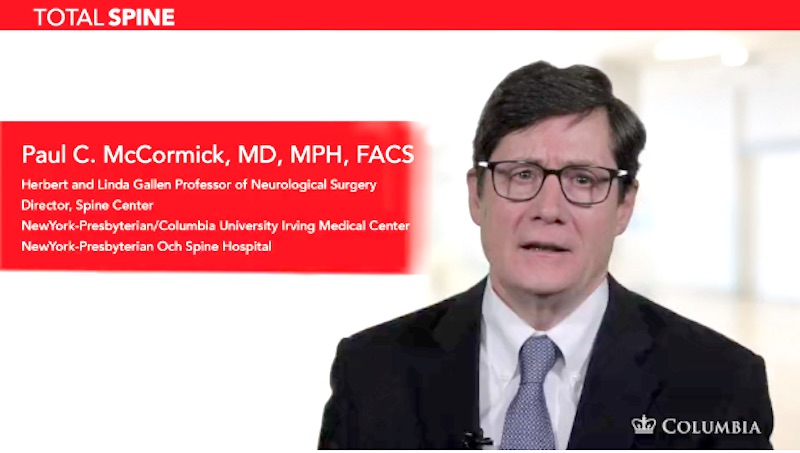In his latest installment to the Total Spine series of instructional videos, Dr. Paul McCormick describes retropleural thoracotomy, a surgical technique used to treat complex spinal conditions of the thoracic and lumbar spine. “Retropleural thoracotomy is an important...


